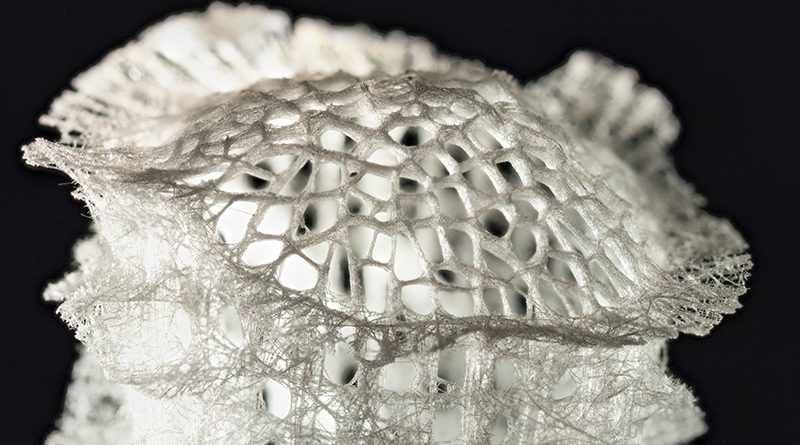Bizarre Facts: A Possible Rare Sponge Reef Found Near California
CHANNEL ISLANDS— Vast mounds of sponges stretching hundreds of meters have been discovered 600 meters down near the Channel Islands.
The reef-resembling mounds were first spotted in 2020 during a dive by a remotely operated vehicle (ROV) from the research ship EV Nautilus.
“We started seeing patches of dead sponges,” said Abigail Powell a contractor for the US National Oceanic and Atmospheric Administration, during a virtual talk at the Ocean Sciences Meeting 2022 on Jan. 26. “It just got denser and denser, and soon we were climbing over great mounds of it.”
The mounds consist mainly of the silica skeletons of dead glass sponges, which turned brownish from sediment coating. However, many other species live on and in the mounds, including fish, clams, and sponges of reef and non-reef-building kinds.
In 2021, the EV Nautilus returned to the sponge mound site, and an ROV zigzagged over two of the mounds. The largest mound was more than a kilometer long, 500 meters wide, and at least several meters thick in some places.
“The continuous extent of the patches over hundreds of meters is unlike anything we have encountered before,” Powell said.
Sponge reefs were common during the age of the dinosaurs but were believed to have vanished entirely from modern oceans. Then in the 1980s, living sponge reefs were found off the coast of British Columbia in Canada.
“Glass sponge reefs are spectacular, but fragile, ecosystems,” said Powell.
However, she is hesitant about calling the mounds off California sponge reefs until acoustic scans reveal their deeper structure.
“We need to find out whether the mounds are composed of sponge skeletons or whether we are looking at a relatively thin layer of sponge growing on rocky ridges,” Powell told New Scientist.
Powell has decided to call the mounds “reef-like,” until more data has been collected and assessed.
What is clear is that the proportion of living reef-building sponges on the surface of the mounds is much lower than on the reefs of Canada.
It is unknown whether this is a classified as a natural phenomenon created on its own, explained by environmental differences between the U.S. and Canada, or whether something has killed many reef-building sponges in the Channel Islands National Marine Sanctuary.
While trawling is allowed in parts of the sanctuary, the sponge mounds are in a no-take zone and so should be protected from all types of fishing.


